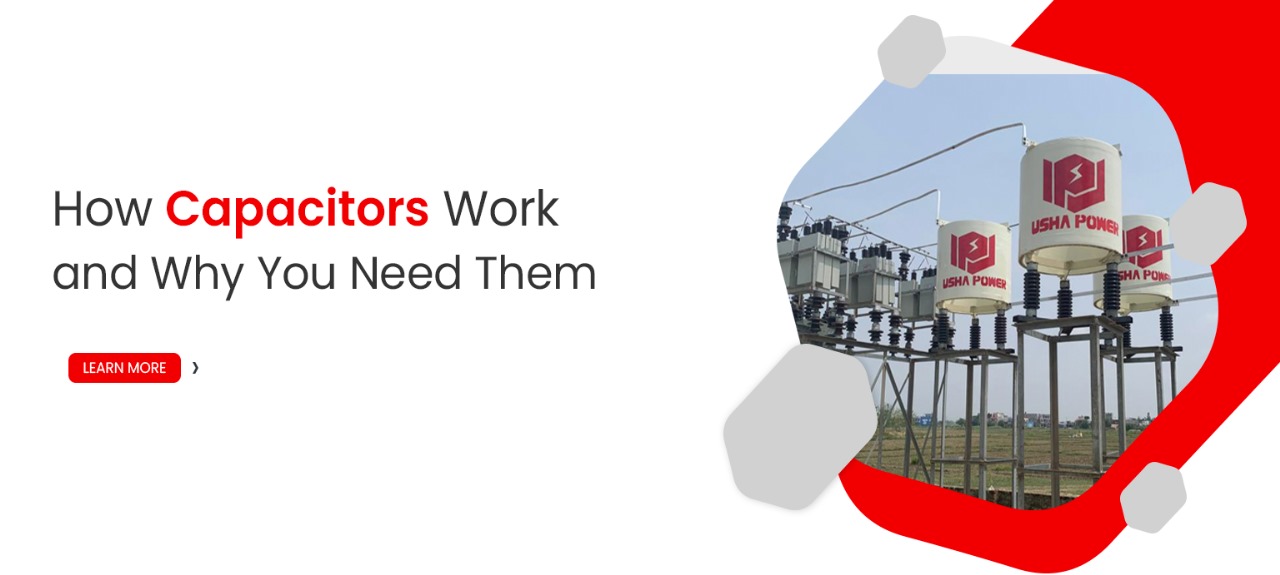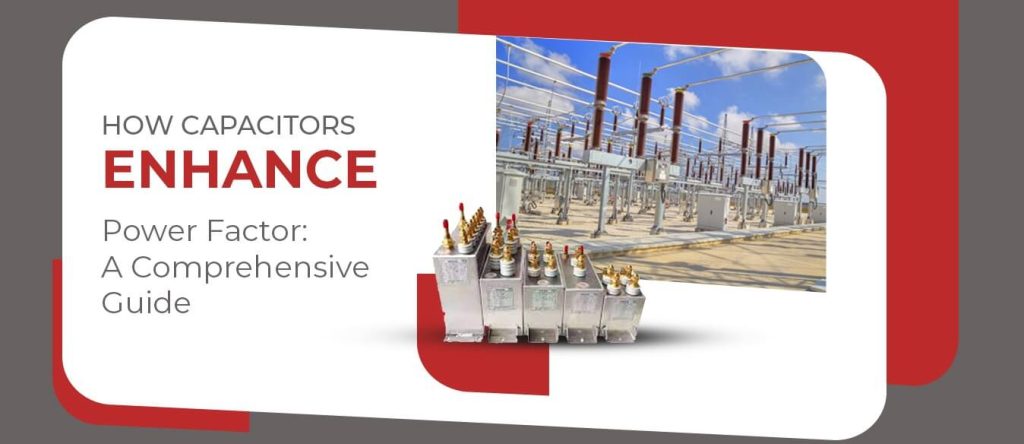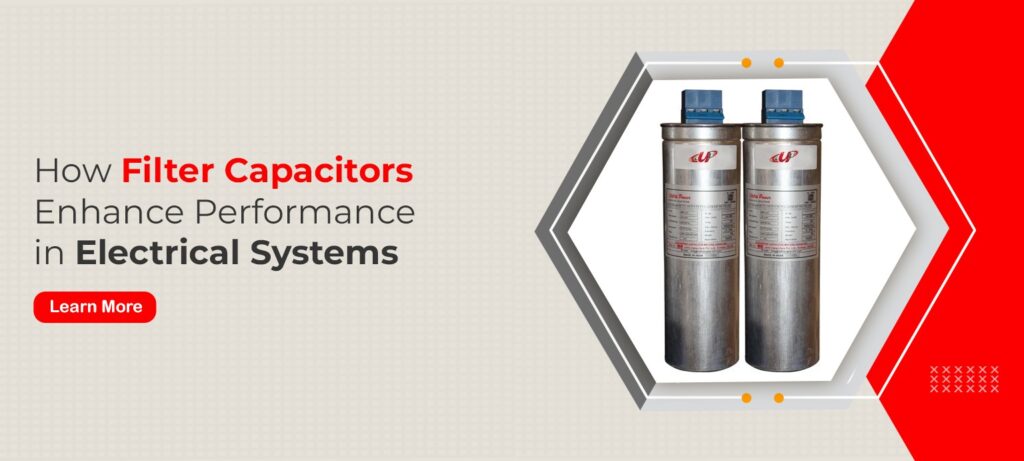Capacitors are one of the most common and versatile electronic components. They are used in a variety of circuits and applications, such as filtering, smoothing, timing, coupling, decoupling, tuning, and energy storage. But what exactly are capacitors and how do they work? In this blog, we will explore the basic principles, types, and uses of capacitors.
What is a Capacitor?
A capacitor is a device that can store electrical energy in the form of an electric charge. It consists of two conductive plates or electrodes that are separated by an insulating material or dielectric. The plates can be made of metal, foil, film, or other materials, and the dielectric can be air, vacuum, paper, ceramic, plastic, or other substances.
When a voltage is applied across the plates of a capacitor, an electric field is created between them. This causes positive charges to accumulate on one plate and negative charges to accumulate on the other plate. The amount of charge stored on the plates is proportional to the applied voltage and the capacitance of the capacitor. The capacitance is a measure of how much charge a capacitor can store per unit voltage. It is expressed in farads (F), which is equal to one coulomb (C) of charge per volt (V).
The capacitance of a capacitor depends on several factors, such as the size and shape of the plates, the distance between them, and the type and thickness of the dielectric. Generally, larger plates, smaller distance, and higher dielectric constant result in higher capacitance.
Types of Capacitors
There are many types of capacitors available in the market, each with different characteristics and applications. Some of the most common types are:
Ceramic capacitors: These are made of ceramic material as the dielectric and metal electrodes on both sides. They are small, cheap, stable, and have low losses. They are widely used for general-purpose applications, such as bypassing, coupling, decoupling, filtering, and noise suppression.
Film capacitors: These are made of thin plastic film as the dielectric and metal foil or metallized film as the electrodes. They are larger, more expensive, more reliable, and have higher voltage ratings than ceramic capacitors. They are used for applications that require high precision, stability, and low distortion, such as audio, video, power supply, and signal processing.
Electrolytic capacitors: These are made of an electrolyte (a liquid or gel that conducts electricity) as the dielectric and metal foils as the electrodes. They are polarized, meaning they have positive and negative terminals that must be connected correctly. They have very high capacitance values and low voltage ratings. They are used for applications that require large amounts of energy storage or smoothing, such as power supply filtering and decoupling.
Super capacitors: These are also known as ultra capacitors or electric double-layer capacitors (EDLCs). They are made of two porous electrodes that are separated by an electrolyte and a separator. They have extremely high capacitance values (up to thousands of farads) and low voltage ratings (up to a few volts). They can store and release large amounts of energy very quickly. They are used for applications that require short-term power backup or burst power delivery, such as memory backup, flash photography, electric vehicles, and renewable energy systems.
Uses of Capacitors
Capacitors have many uses in electronic circuits and devices. Some of the most common uses are:
Filtering: Capacitors can filter out unwanted signals from a power supply or a signal source. For example, they can remove noise and ripple from a DC power supply by smoothing out the voltage fluctuations. They can also block DC signals while allowing AC signals to pass through by acting as open circuits for DC and closed circuits for AC.
Smoothing: Capacitors can smooth out the output of a power supply or a signal source by providing a reservoir of charge that can be drawn from or added to when needed. For example, they can smooth out the pulsating output of a rectifier by charging during the peaks and discharging during the valleys. They can also smooth out the variations in a signal by averaging out its peaks and troughs.
Timing: Capacitors can create time delays or oscillations in a circuit by charging and discharging at a certain rate. For example, they can create timers or clocks by charging through a resistor until they reach a certain voltage level and then triggering another circuit component. They can also create oscillators by charging and discharging through an inductor or another capacitor at a certain frequency.
Coupling: Capacitors can couple or transfer signals from one circuit to another without affecting their DC levels. For example, they can couple an AC signal from a source to a load by blocking the DC component of the source and allowing the AC component to pass through. They can also couple signals between different stages of an amplifier or a filter by blocking the DC bias of one stage and allowing the AC signal of another stage to pass through.
Decoupling: Capacitors can decouple or isolate signals from one circuit to another to prevent interference or feedback. For example, they can decouple a power supply from a load by providing a local source of charge that can supply or absorb any sudden changes in current demand. They can also decouple signals between different parts of a circuit by providing a low impedance path for noise or unwanted signals to ground.
Tuning: Capacitors can tune or adjust the frequency or phase of a signal in a circuit by changing their capacitance value. For example, they can tune a radio or a TV by changing the capacitance of a variable capacitor in parallel with an inductor to select a desired frequency. They can also tune an oscillator or a filter by changing the capacitance of a variable capacitor in series or parallel with another capacitor or an inductor to change the frequency or phase of the output signal.
The Bottom Line
Capacitors are essential components in many electronic circuits and devices. They can store electrical energy, filter, smooth, time, couple, decouple, and tune signals. They come in various types, sizes, shapes, and values, depending on their characteristics and applications. By choosing the right capacitor for your circuit, you can improve its performance and functionality.
If you need capacitors that can handle high voltage, low losses and self-healing properties, then you should consider Usha Group. Usha Group is a trusted name in the capacitor industry, offering a wide range of products and services for power factor improvement, power quality management, electrical distribution and automation.
Usha Power offers capacitors in different types, sizes and ratings, such as cylindrical type, heavy duty hexl type, MKP type, water cooled type, LV series reactor type and more. Usha Power also provides custom-made capacitors to suit your specific needs and requirements. Usha Power’s capacitors are made with the best quality materials and components, ensuring durability, performance and safety.
If you are looking for capacitors or any other electrical solution, contact Usha Power today at +919331460662.




